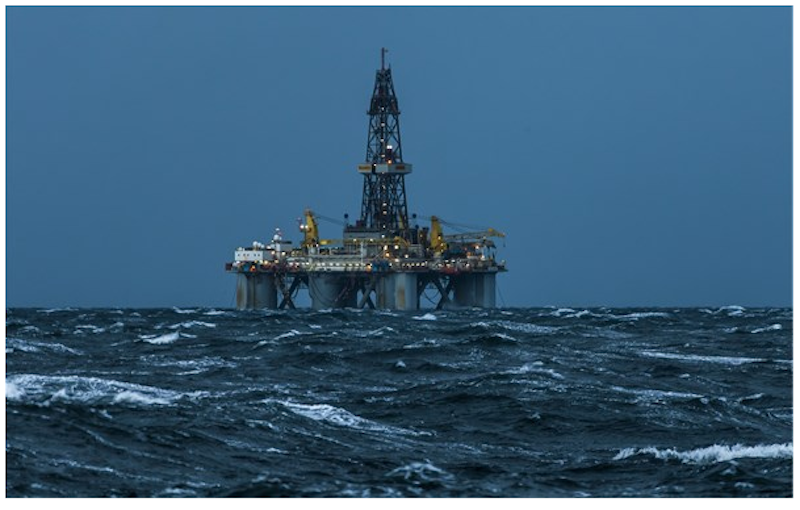In the world of energy, where everything seems to be in surplus, the announcement by Awilco Drilling PLC of an order for a new, harsh-environment semisubmersible drilling rig caught everyone by surprise.
You mean there is a shortage of harsh-environment rigs? How can that be? Why won’t customers opt for slightly less capable rigs at today’s low day rates and accept some downtime, rather than pay up for a new rig?
Every time the offshore industry has moved into new markets, it has always started with high-end equipment from a neighboring market. Both the rig contractor and the oil company client knew, at the time, that they were opting for rigs known to be less efficient. However, with success, the industry would know exactly what requirements an offshore drilling rig had to meet. At that point, customers would demand new rigs capable of meeting those requirements, and shipyard orders would result. This time seems different.
UK-based offshore driller Awilco announced a contract to build a new harsh environment drilling rig targeted for the North Sea, where market conditions are showing some improvement and oil companies are pushing work farther north and into more harsh environments. The rig is scheduled to be delivered in March 2021 at a cost of $425 million US, with an additional $30 million needed for commissioning. The construction contract has an interesting payment schedule — 10/10/80 — meaning Awilco will be paying 80% of the total at delivery. This payment structure ensures that Awilco can finance the construction, and that it will have time to secure a contract providing sufficient security to finance the roughly $350 million due in spring 2019. The new rig will be built by Keppel FELS in Singapore and includes three separate options for additional rigs. The three options expire in March 2019, March 2020 and March 2021 respectively. The new rig marks the first floater order in over three years, but significantly, the cost is below the $500 million price Seadrill got when it recently sold its West Rigel rig.
Awilco is a small driller with only two semisubmersible rigs built in the early 1980s, but each has been recertified, overhauled and upgraded for North Sea service. Only one of the two rigs, the WilPhoenix, is currently working, while the other is warm-stacked.
The North Sea market is recovering, led by announcements from BP and Royal Dutch Shell about plans to start new projects. The drilling market is strengthening with day rates rising, but enhanced offshore drilling rigs are being reactivated in anticipation of the market improvement.
Is the move by Awilco just a bold step by a tiny company, or part of a strategic game plan to build the company into a significant player in the offshore market? Does this rig order signal that the offshore drilling market has bottomed? If so, the offshore service vessel market is likely not far behind. Bold moves may be in order for companies to be successful in the future offshore market.





